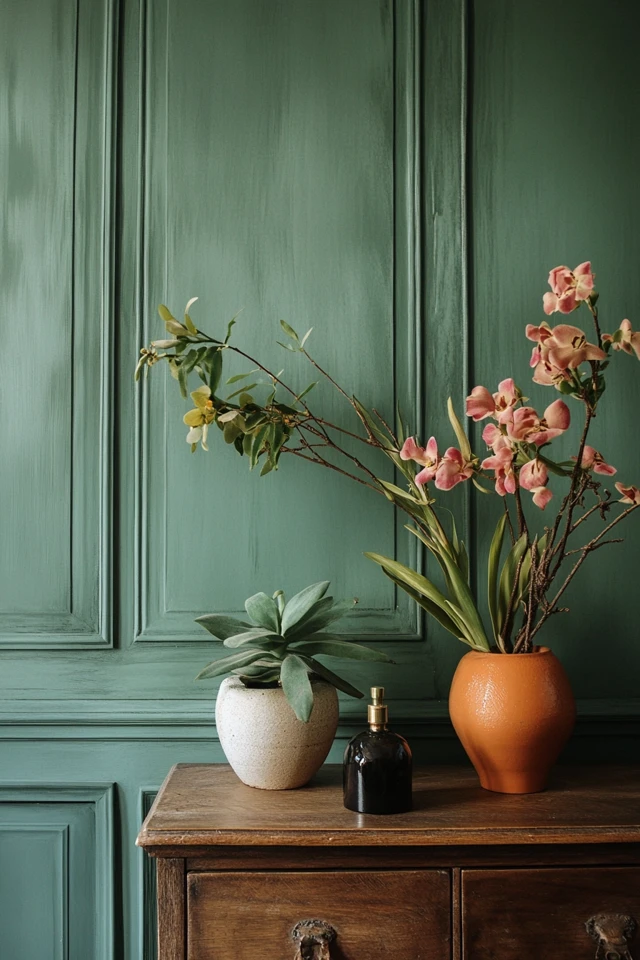Introduction
In the grand scheme of designing a room, it’s easy to focus on the big-ticket items—furniture, wall colors, and major statement pieces—while overlooking the smaller details. However, these small details are where design magic often happens. They hold the power to transform a space from good to truly exceptional, creating layers of intrigue and depth that leave a lasting impression. When given thoughtful attention, these subtle touches bring personality, polish, and cohesion to your home.
I first realized the importance of small details when redesigning my own living room. I had invested in a beautiful sectional, a bold area rug, and sleek lighting fixtures, but something still felt incomplete. It wasn’t until I added decorative trim to the curtains, swapped out basic cabinet handles for brushed brass hardware, and introduced textured throw pillows that the room truly came to life. These small changes tied everything together, giving the space a cohesive, finished look that reflected my personal style.
In this guide, we’ll explore how to uncover and maximize the hidden design potential of small details in your space. From thoughtful hardware choices to decorative accents and finishing touches, these ideas will help you create a home that feels beautifully curated, down to the last detail.
The Perfect Design for You
Discovering the potential of small details is perfect for anyone who:
- Wants their home to feel elevated and polished without undertaking a major redesign.
- Feels their space is missing something but can’t quite pinpoint what.
- Appreciates the art of subtle design and the beauty of understated elements.
- Enjoys creating layers of interest and sophistication that make a space uniquely personal.
Imagine a bathroom where an otherwise simple vanity is elevated by elegant brushed nickel faucets, a unique soap dispenser, and a framed mirror with intricate detailing. Or a bedroom where the subtle texture of the bed linens, the quiet gleam of a decorative tray, and the warm glow of ambient lighting make the space feel like a serene retreat. Small details like these may not scream for attention, but their impact is unmistakable—they create a sense of thoughtfulness and completeness that makes a space feel truly finished.
Whether your style is minimalist, bohemian, classic, or contemporary, focusing on the details will help you refine and perfect your design while celebrating your individuality.
Picture Gallery
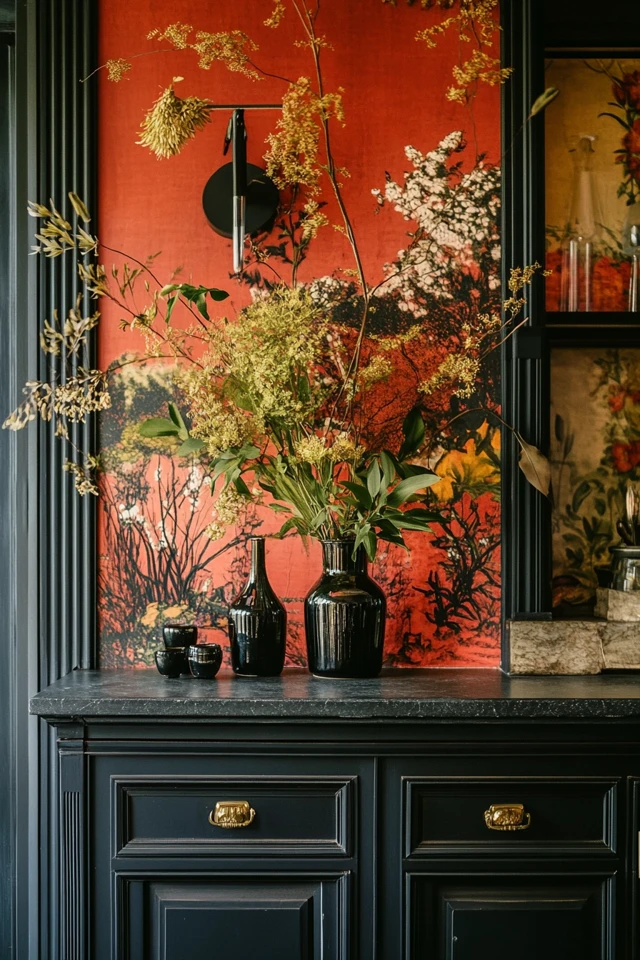


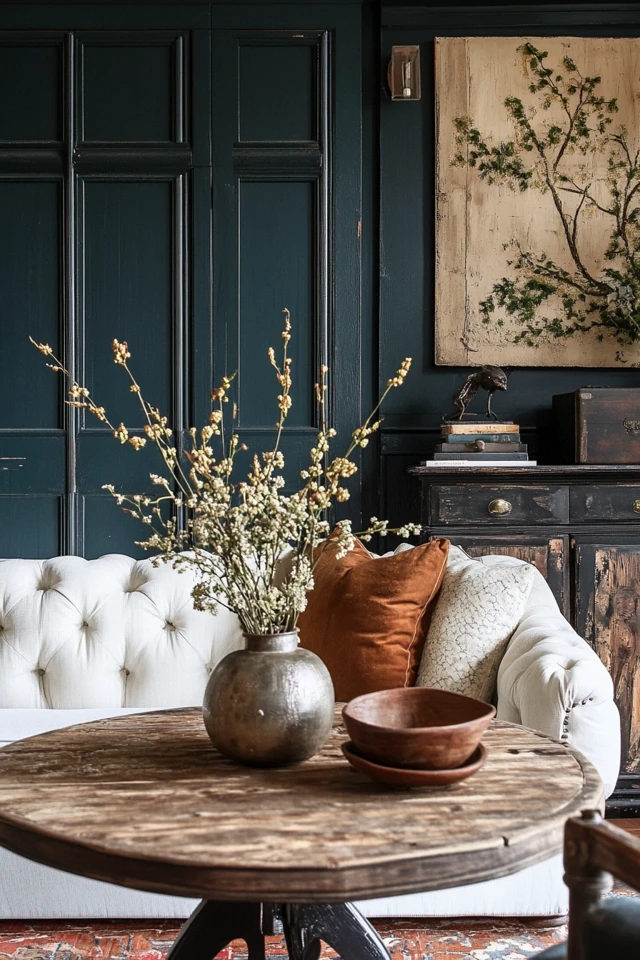
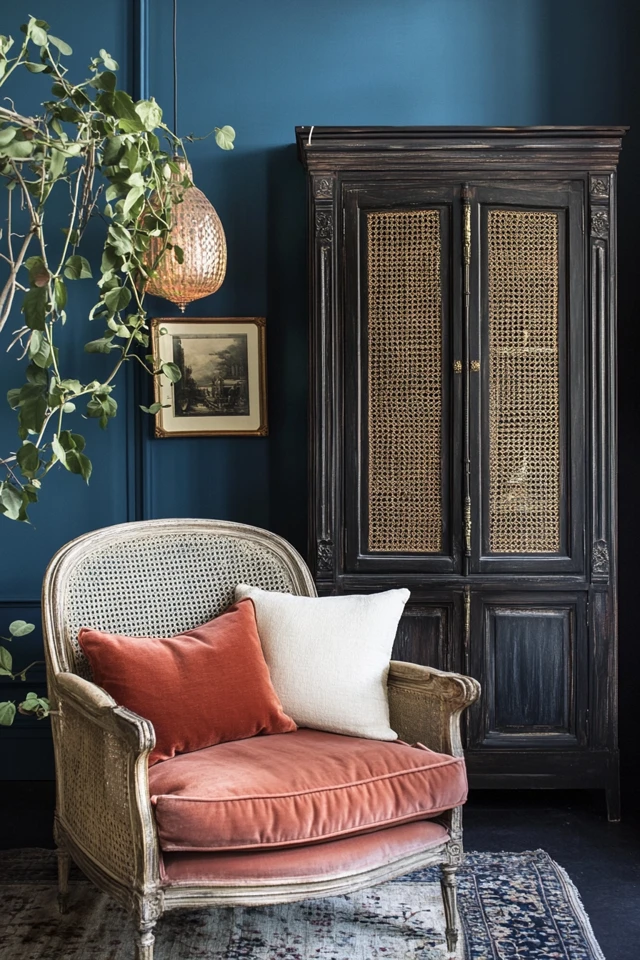
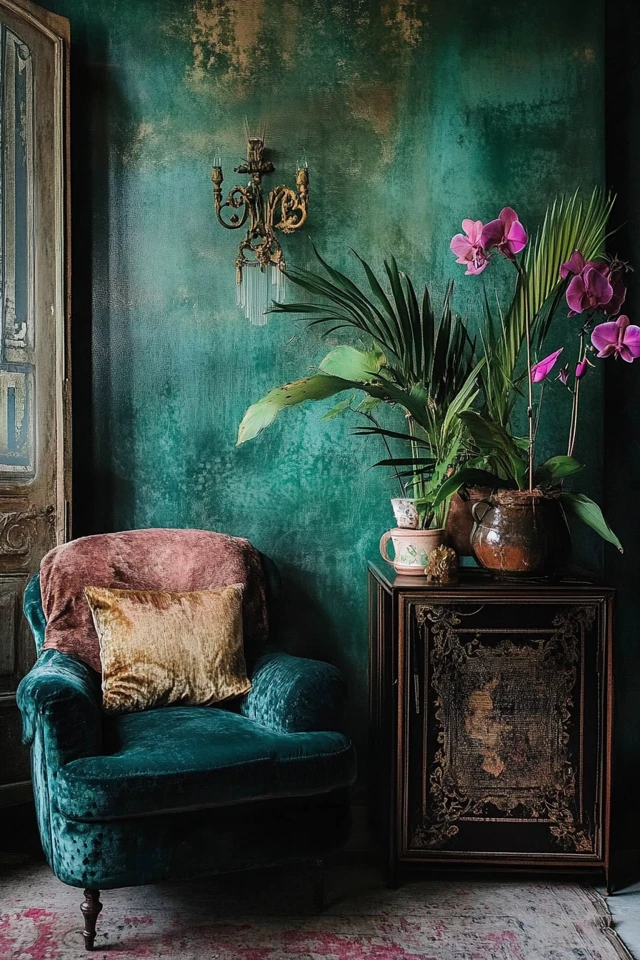
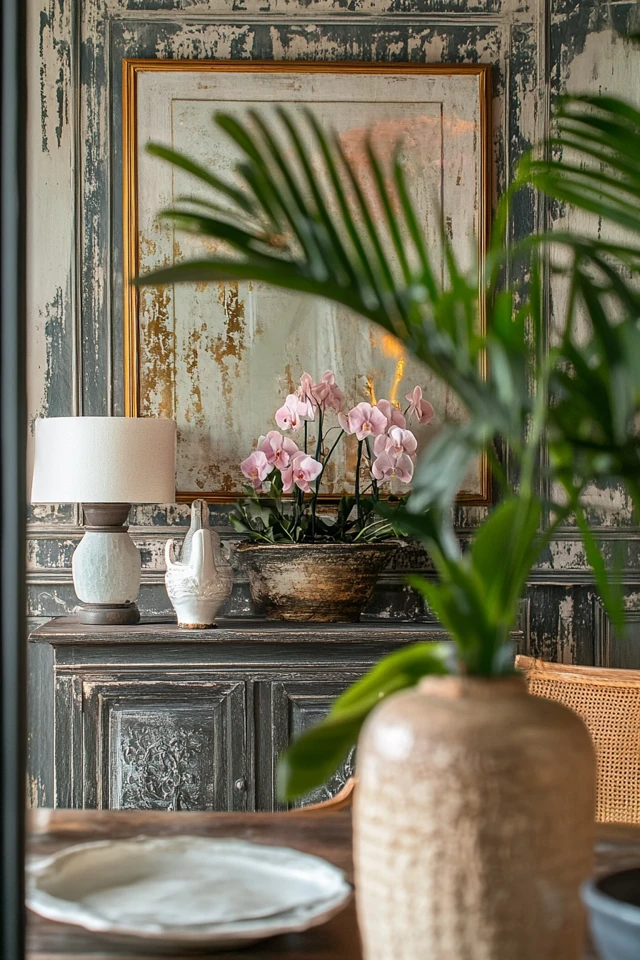
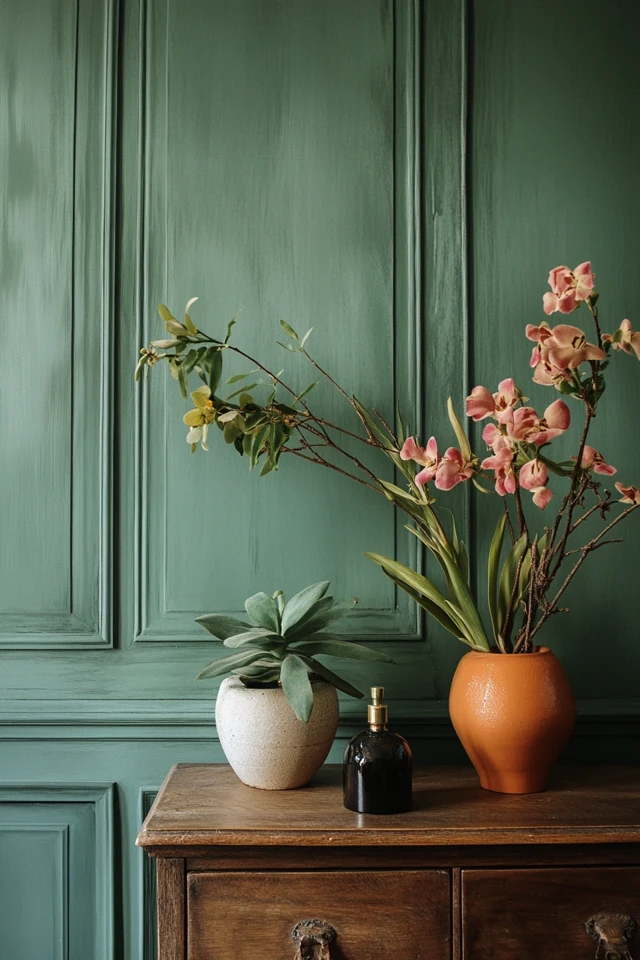
Why Small Details Matter
Small details are often the unsung heroes of interior design. They may be subtle, but they are far from insignificant. Here’s why these details hold so much power:
- Elevate the Ordinary: Well-chosen details can transform everyday objects into design statements.
- Add Depth and Layers: These touches bring texture, contrast, and nuance, preventing a space from feeling flat or one-dimensional.
- Reflect Your Personality: Personal, meaningful details make your home uniquely yours, telling your story through design.
- Enhance Cohesion: Thoughtful details tie elements together, creating a seamless, polished look.
- Create Memorable Spaces: It’s often the small, unexpected details that leave a lasting impression on guests and make a home feel special.
Designers often describe small details as the “jewelry” of a space—they may not dominate the overall look, but they add the sparkle and finesse that make everything shine.
How to Discover Hidden Design Potential in Small Details: Step-by-Step
1. Start With Hardware Upgrades
- Hardware is one of the easiest and most impactful ways to elevate your space:
- Replace basic cabinet knobs, drawer pulls, and door handles with high-quality options in finishes like brass, matte black, or brushed nickel.
- Choose styles that align with your overall aesthetic, from sleek modern to vintage-inspired.
- Hardware upgrades are a small change that makes a big difference in the perceived quality of your home.
- Example: In a kitchen, swap out standard silver handles for brass pulls to add warmth and a touch of luxury.
2. Focus on Textiles and Fabrics
- Layering different textures through textiles adds depth and richness to your space:
- Choose throw pillows with interesting weaves, embroidered patterns, or fringe details.
- Use layered window treatments, like sheer panels combined with heavier drapes, for a sophisticated look.
- Textiles are a subtle way to incorporate color, texture, and softness into your design.
- Example: In a living room, pair a velvet throw pillow with a chunky knit blanket and a smooth leather ottoman for a tactile, inviting arrangement.
3. Upgrade Fixtures and Finishes
- Lighting fixtures, faucets, and even switch plates can be stylish focal points:
- Replace standard light switches with sleek, modern designs or vintage-inspired brass options.
- Choose statement lighting fixtures, like a sculptural chandelier or a pair of unique sconces.
- Fixtures and finishes are opportunities to add personality and flair to your space.
- Example: In a bathroom, swap out a generic light fixture for an art deco-inspired sconce to add elegance and character.
4. Highlight Architectural Details
- Accentuate or add architectural elements to create visual interest:
- Use crown molding, baseboards, or wainscoting to frame walls and ceilings.
- Add trim or decorative edging to curtains, walls, or built-ins for an upscale, tailored look.
- These elements add a sense of craftsmanship and refinement.
- Example: In a dining room, paint crown molding in a contrasting color to draw attention to the ceiling and elevate the room’s design.
5. Curate Decorative Accents
- Small decorative items like vases, trays, and figurines can bring a space to life:
- Choose pieces that reflect your personality, such as handmade ceramics or travel souvenirs.
- Use trays to group and organize smaller items, creating intentional displays.
- These accents add character and visual interest without overwhelming the space.
- Example: On a coffee table, arrange a stack of books, a sculptural vase, and a small bowl filled with decorative stones for a curated vignette.
6. Incorporate Personal Touches
- Personal details make your space feel unique and meaningful:
- Display framed family photos, heirlooms, or pieces of art created by loved ones.
- Incorporate items that tell a story, like a vintage clock or a handmade quilt.
- These touches give your home a sense of history and authenticity.
- Example: On a bedroom dresser, place a framed black-and-white photo beside a jewelry dish that belonged to your grandmother.
7. Add Greenery for Life and Movement
- Plants are a simple yet powerful way to add vibrancy and texture:
- Use potted plants, hanging planters, or fresh flowers to bring life to your space.
- Choose planters with interesting shapes or finishes to double as decor.
- Greenery softens hard edges and makes a space feel more welcoming.
- Example: In a kitchen, place a small herb garden in ceramic pots on the windowsill for both beauty and functionality.
8. Refine with Scent and Lighting
- Appeal to the senses by incorporating scent and adjustable lighting:
- Use candles, diffusers, or incense to create a signature scent for your home.
- Layer ambient, task, and accent lighting to enhance mood and functionality.
- These elements add an invisible but impactful layer of design.
- Example: In a living room, light a sandalwood-scented candle and dim the table lamp for a cozy, inviting atmosphere.
9. Pay Attention to Utility Spaces
- Even functional areas like closets, pantries, and laundry rooms deserve thoughtful details:
- Use woven baskets, labeled jars, or decorative hooks to keep these spaces organized and visually appealing.
- Add a patterned runner or small art piece to inject charm into overlooked areas.
- Utility spaces feel more enjoyable and cohesive when styled intentionally.
- Example: In a laundry room, hang a simple framed print and use stylish bins for detergent and supplies.
10. Experiment and Edit
- Design is a process, so take the time to experiment:
- Try different arrangements of decor, swap out hardware, or test new lighting options.
- Step back and assess the overall balance, removing or adjusting anything that feels out of place.
- Editing ensures the final look feels cohesive and intentional.
- Example: On a bookshelf, rearrange books and decor items until you find the perfect mix of color, height, and texture.
FAQ
1. Do small details matter in minimalist spaces?
Absolutely! Minimalist designs rely on small, thoughtful details—like high-quality finishes or subtle textures—to create depth and interest.
2. How do I choose details that won’t feel outdated?
Stick to timeless finishes like brass, wood, or natural stone, and avoid overly trendy patterns or styles.
3. Can I add details on a budget?
Yes! Affordable options include swapping out cabinet hardware, using thrifted decor, or DIYing custom touches like painted trim or handmade planters.
4. How do I balance small details with larger design elements?
Think of small details as the “supporting actors” that enhance the larger pieces. They should complement rather than compete with the main elements.
5. How often should I update small details?
Seasonal updates or yearly refreshes are great opportunities to rotate in new accents while keeping the overall design cohesive.
Variations
- Modern Minimalism: Use clean lines, subtle textures, and neutral tones for understated elegance.
- Bohemian Charm: Incorporate handcrafted decor, woven accents, and layered textiles for a cozy, eclectic feel.
- Rustic Warmth: Choose natural wood finishes, vintage hardware, and earthy details to create a grounded, homey atmosphere.
- Classic Elegance: Focus on timeless finishes like polished brass, velvet, and ornate trim for a refined, traditional look.
- Industrial Edge: Pair matte black hardware, exposed metal fixtures, and raw materials for a bold, contemporary aesthetic.
How to Showcase It
- Living Rooms: Use small vignettes on coffee tables, bookshelves, and mantels to highlight personality.
- Bedrooms: Add thoughtful details like patterned throw pillows, elegant bedside lamps, and framed photos.
- Kitchens: Elevate cabinets with custom hardware and use stylish jars or trays to organize countertops.
- Bathrooms: Focus on beautiful faucets, unique soap dispensers, and fresh towels with decorative edging.
- Entryways: Incorporate small but impactful details like a statement mirror, a stylish tray for keys, and a potted plant.
Occasions to Feature It
- Daily Living: Small details enhance the comfort and style of your everyday routines.
- Entertaining Guests: Thoughtful accents, like candles or unique serving trays, make your home feel warm and welcoming.
- Seasonal Updates: Rotate in small seasonal touches, like wreaths, themed decor, or festive candles.
- Post-Renovation: Use details to add the finishing touches to newly updated spaces.
- Personal Celebrations: Incorporate meaningful details, like family heirlooms, during birthdays or anniversaries.
Conclusion
Small details may seem subtle, but they have the power to completely transform your space. From upgrading hardware to curating decorative accents, these thoughtful touches add layers of personality, depth, and polish to your home.
By focusing on the small yet impactful elements, you can create a space that feels cohesive, inviting, and uniquely yours. So, take a closer look at the overlooked corners of your home, embrace the beauty of details, and watch as your space evolves into a masterpiece of intentional design.

